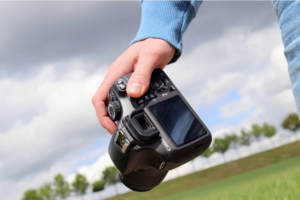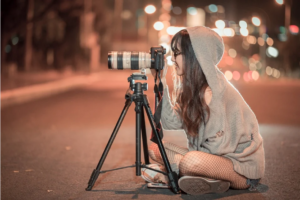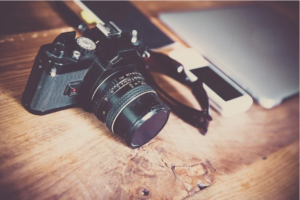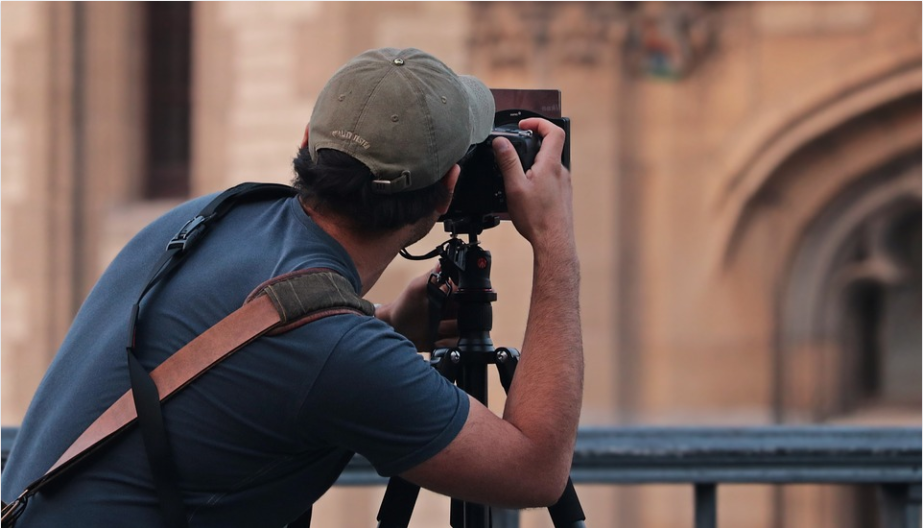First and foremost, if you’re looking to document your travels using a camera, you have to check out www.localgrapher.com to know which cameras can do the job. In states that an electronic age where every modern smartphone comes with a great camera and DSLR and mirrorless cameras are available at a relatively low entry price, it can seem crazy to consider shooting with film, especially when traveling. The last decade has seen a significant comeback of film photography.
With many young musicians exploring it for the first time and several experienced photographers dusting off their old equipment. You will think of your compositions in a new light. Then you will have to wait to see the final results until the photos or scans are back in the lab. If you want to mix up your routine on your next holiday or enjoy a new photographic challenge, consider taking a film camera and lots of film on your next trip.
Take Creative Photos

With digital photography, you can take as many pictures as you want. While it can be nice not to worry about the number of shots, it can also lead to laziness. If you limit yourself to a certain number of photos throughout your journey, the chances are that each image will be necessary. In almost any creative field, it’s all too easy to stagnate or even decline.
If you’re used to shooting digital, imaging is a challenge. When you take the opportunity to create lower-quality images, you’re forced to think differently about your rehearsal, your focus, and your placement decisions when you get back behind your electronic mirrorless camera or SLR.
Examine Selected Photos

It’s not uncommon for a photographer to take 1,000 photos during a week’s holiday. You’ll spend an hour sifting through those images and selecting the ones worthy of editing. Then you will spend at least another couple of hours examining the selected photos. Many photographers only edit a few dozen holiday images and leave the rest unedited.
This is especially true for people who take pictures with their mobile phones. You either wait anxiously for the finished photos or the scans from the printer. The excitement makes the journey a little longer, and the result is gratifying.
Determine Your Tools

Kodak Portra 400 film is one of the best the industry has to offer.
You don’t know what you’re going to get. If you can’t review a shot immediately after taking it, you don’t know what to expect from the result. At first, it can be frustrating not to look at your images, but it quickly becomes liberating. After taking a moment to set up a shot by simply clicking the camera and so on, you can move on.
You won’t hesitate to try a different aperture or shutter speed or need the same shot from a slightly different angle. As a result, you’ll spend less time behind the camera, you’ll miss important moments with friends and family while you correct your preferences, and you’ll still be able to enjoy your photos when you get home.
Store Your Camera Safely
As a general rule, you should never check your photographic equipment, whether you shoot digital or film. You increase the risk of theft as soon as your equipment is out of sight. If your luggage gets lost, you’ll lose a lot of money, and if you’re traveling, you’ll lose your photos too. Store your film in a clear Ziploc bag in your carry-on luggage where it is easily accessible. Yes, the most film will survive one or two X-rays without compromising image quality, but the more you can limit radiation, the better.
Please do what you can to help the security process go smoothly by storing your image in a Ziploc bag in your carry-on luggage, where you can quickly grab it at a screening point. While many officers check the image by hand, they do not do so with cameras. Since travel is just around the corner, try to complete the capture of your current list before heading to the airport. The X-ray machine may well recognize your image, but it is always better to avoid this risk.

